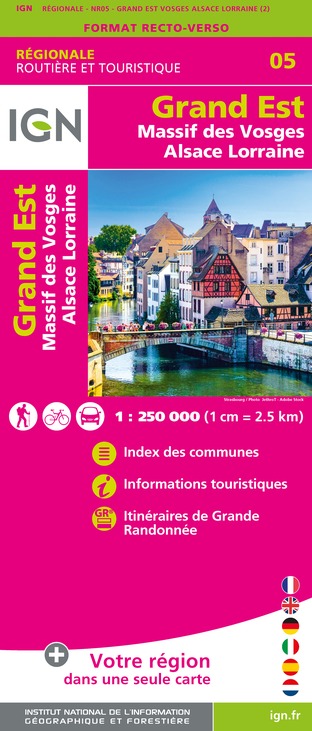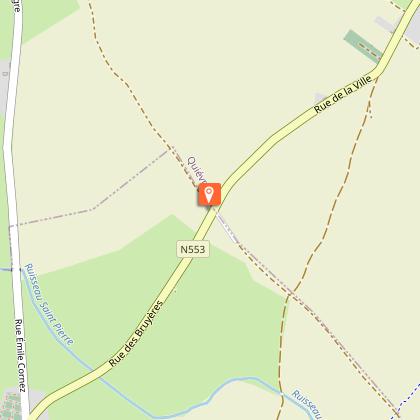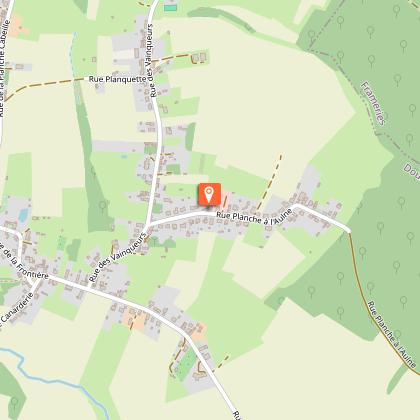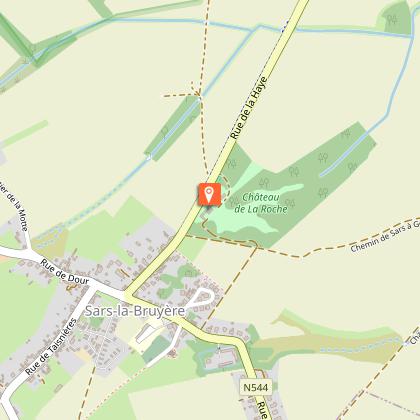Tours
Activities
Places of interest
Where to eat
Where to sleep
Hon-hergies, Nord, Nord-Pas-de-Calais
Are you in charge of the destination?Hon-Hergies, nestled in the Nord department of the Nord-Pas-de-Calais region, is a charming village where tranquility and natural beauty reign supreme. This picturesque village enchants visitors with its authentic atmosphere and historical heritage. Surrounded by lush meadows and winding streams, Hon-Hergies is perfect for family picnics and leisurely walks. Discover the 17th-century Saint-Martin ...See more
What to do in Hon-hergies
See more suggestionsActivities for all tastes await you in Hon-hergies, book them today.
See more suggestionsIGN cards

2706OT - FORÊT DE MORMAL
Editor : IGN
Collection : TOP 25 ET SÉRIE BLEUE
Scale : 1:25 000
13.90€

102 LILLE MAUBEUGE PNR SCARPE ESCAUT PNR DE L'AVESNOIS
Editor : IGN
Collection : TOP 100
Scale : 1:100 000
8.40€

D59-62 NORD PAS-DE-CALAIS
Editor : IGN
Collection : CARTES DÉPARTEMENTALES IGN
Scale : 1:150 000
5.90€

NR05 GRAND EST RECTO/VERSO MASSIF DES VOSGES ALSACE LORRAINE
Editor : IGN
Collection : CARTES RÉGIONALES IGN
Scale : 1:250 000
6.80€

NR04 - GRAND EST RECTO/VERSO ARDENNE CHAMPAGNE
Editor : IGN
Collection : CARTES RÉGIONALES IGN
Scale : 1:250 000
6.80€

NR01 HAUTS-DE-FRANCE
Editor : IGN
Collection : CARTES RÉGIONALES IGN
Scale : 1:250 000
6.80€

EUROPE
Editor : IGN
Collection : DÉCOUVERTE DES PAYS DU MONDE IGN
Scale : 1:2 500 000
7.00€

PAYS-BAS BELGIQUE LUXEMBOURG
Editor : IGN
Collection : DÉCOUVERTE DES PAYS DU MONDE IGN
Scale : 1:300 000
7.00€
What to visit in Hon-hergies
See more suggestionsVisit the historical sites of Hon-hergies.
See more suggestionsWhere to eat in Hon-hergies
See more suggestionsThe flavors of Hon-hergies await you.
See more suggestionsWhere to sleep in Hon-hergies
See more suggestionsFind lodging to suit your needs in Hon-hergies.
See more suggestions














































